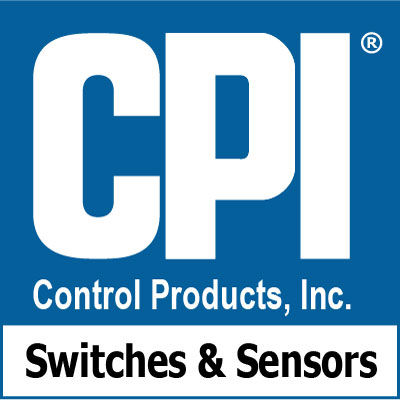In fact, we’ve been having one for over 70 years now. Our J4 series waterproof ball switches might be considered the belle of the ball, when it comes to high performance, high electromechanical endurance, waterproof ball switches.
The CPI J4 Waterproof Ball Switch is used in thousands of product and vehicle applications all over the world, and has been for decades now. If we had to pick one reason why so many manufacturers eventually gravitate to our ball switches in their application, it would be this:
Durability.
The Patented J4 Seal – An Engineering Marvel.
 Forgive us if we gush a bit, but after replacing thousands of other manufacturer ball switches in the field, it finally occurred to us that our patented J4 ball switch design was indeed unique in the industry. The patented double seal design and solid stainless steel construction conspire to create a high level of survivability, in some of the most toxic environments that machines find themselves in.
Forgive us if we gush a bit, but after replacing thousands of other manufacturer ball switches in the field, it finally occurred to us that our patented J4 ball switch design was indeed unique in the industry. The patented double seal design and solid stainless steel construction conspire to create a high level of survivability, in some of the most toxic environments that machines find themselves in.
Just a few of places our J4 ball (and plunger switch variation which uses the same double seal mechanism) are used include:
- Neutral Safety Detection for Industrial Vehicles
- Boom Locking Safety Feedback on Agricultural sprayers
- Crane Cable End of Travel Detection
- Outrigger stabilization feedback switch on Emergency Vehicles and Work Trucks.
- Parking Brake On Detection Switch
- Hatch Closed/Open detection in critical military vehicle applications.
- Torpedo Door/Open Closed – Yea it’s wet in the torpedo bay and you better be darn sure the door is open before you fire…
The Secret To Durability and Endurance Is…
Well actually it’s a few things. It all starts with a small form factor, all stainless steel construction. At the heart of the J4 is its patented ball carrier design which prevents contaminates such as mud, dirt, ice, sand, dust, etc. from jamming the ball. This double seal design actually forces airborne contaminants from the chamber upon switch release, where other switches are most vulnerable. This constant purging of contaminants is one of the reasons our switch has been qualified to over 1 million cycles of electromechanical endurance.
Furthermore the switches are completely submersible and are unaffected by water, salt spray, humidity, dirt, dust, sand, icing, oil, shock and vibration.
It Plunges Too
The same patented ball carrier design used on our J4 ball switch is used in our plunger actuator variant, allowing a host of different implementations to take advantage of what is essentially the same robust, sealed, and completely waterproof operation.
View your J4 Plunger Switch Data Sheet Here
And finally the CPI team can modify, and quality your switch into your application providing all appropriate mechanical and environmental documentation to satisfy even the most stringent regulatory requirements. We’ve done it many, many times.
Make the Switch To CPI
If you think you might have an application for one of our completely waterproof ball or plunger switches, don’t hesitate to give us a call. Or check out all our Waterproof Limit Switch Options.
Our application engineers are standing by to chat.
Original content posted on https://www.cpi-nj.com/blog/you-can-have-a-ball-with-our-waterproof-switches/



 The
The